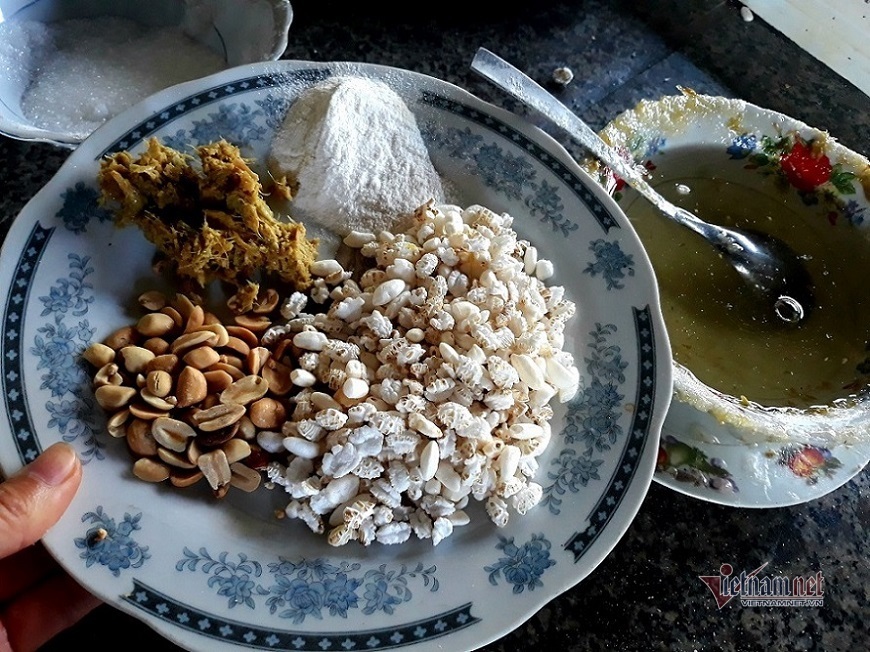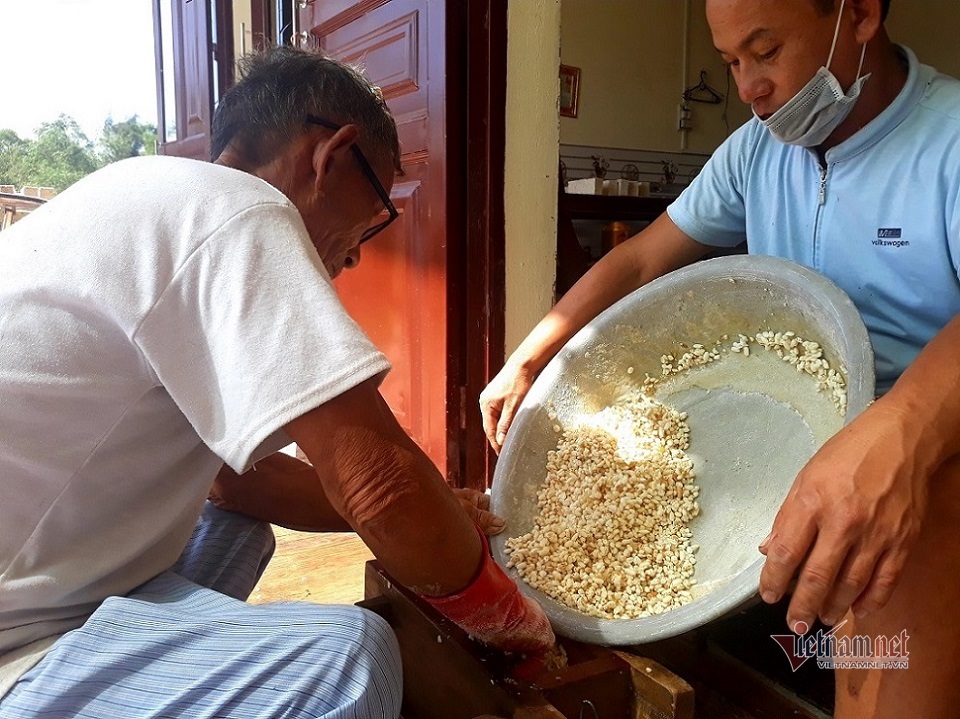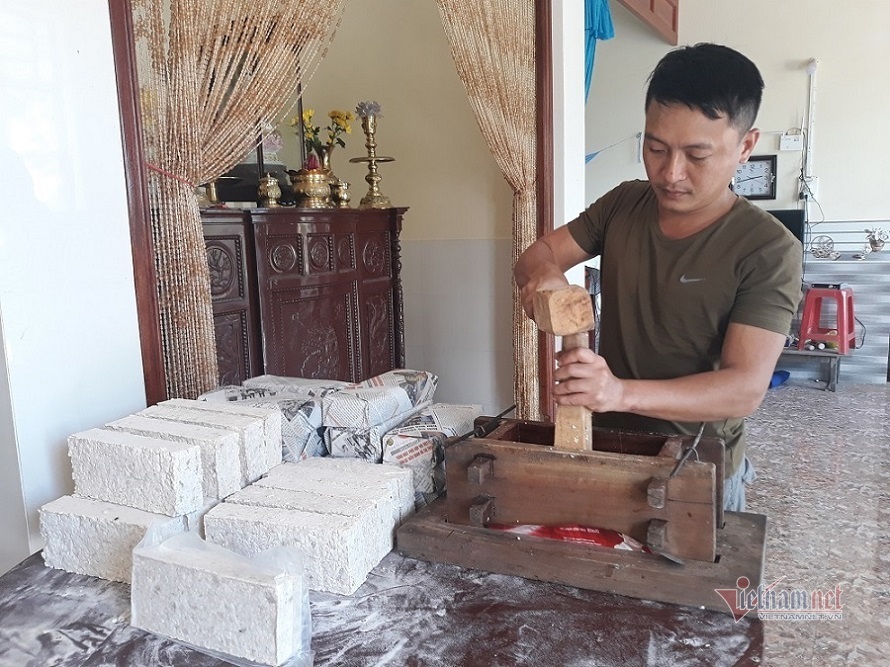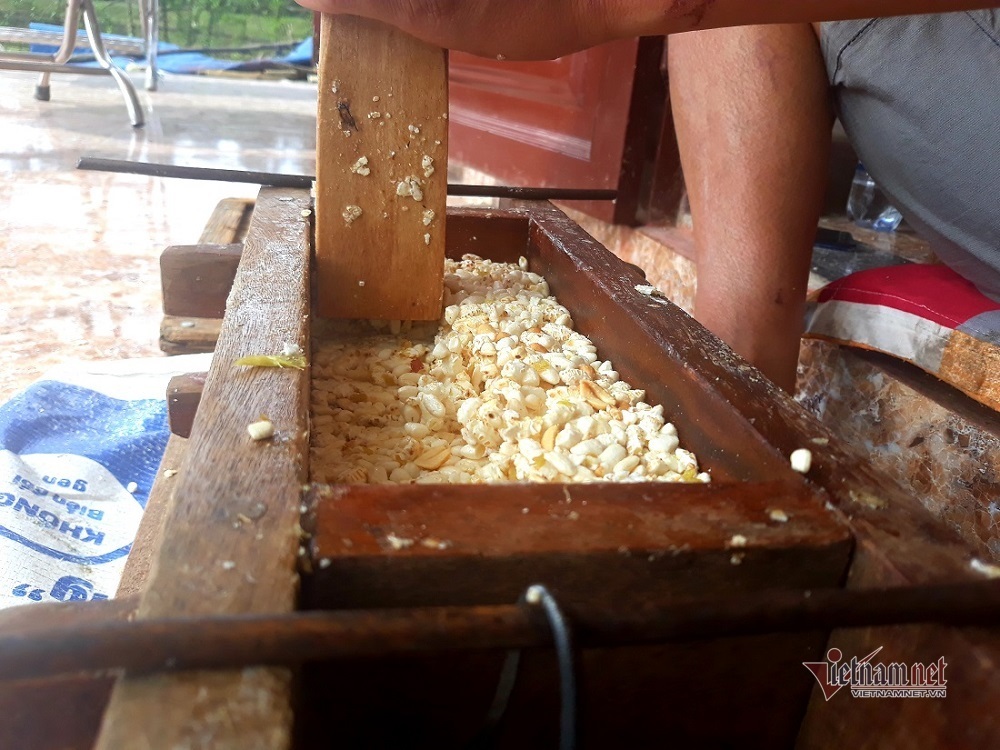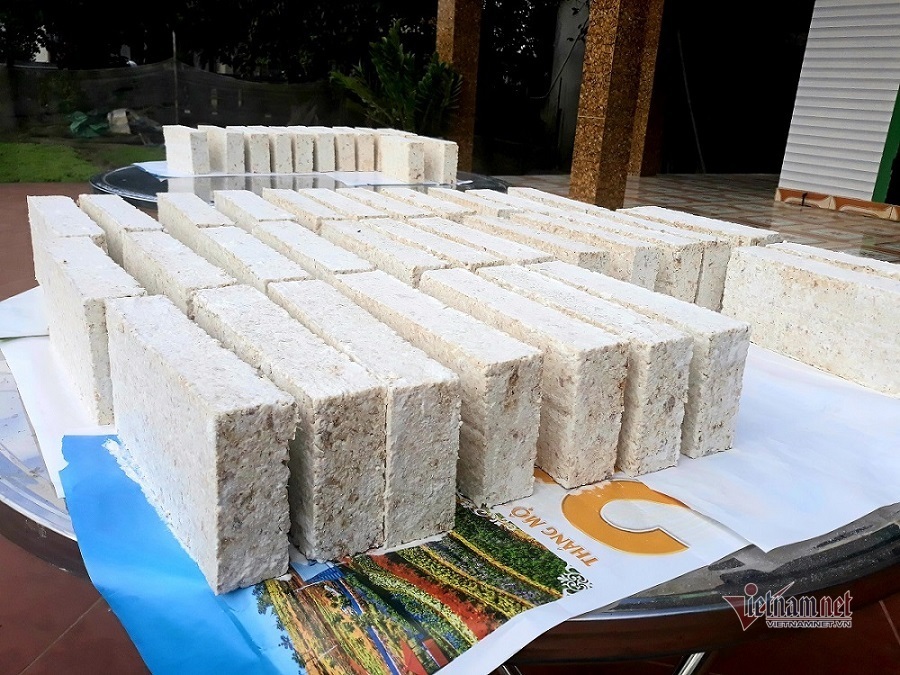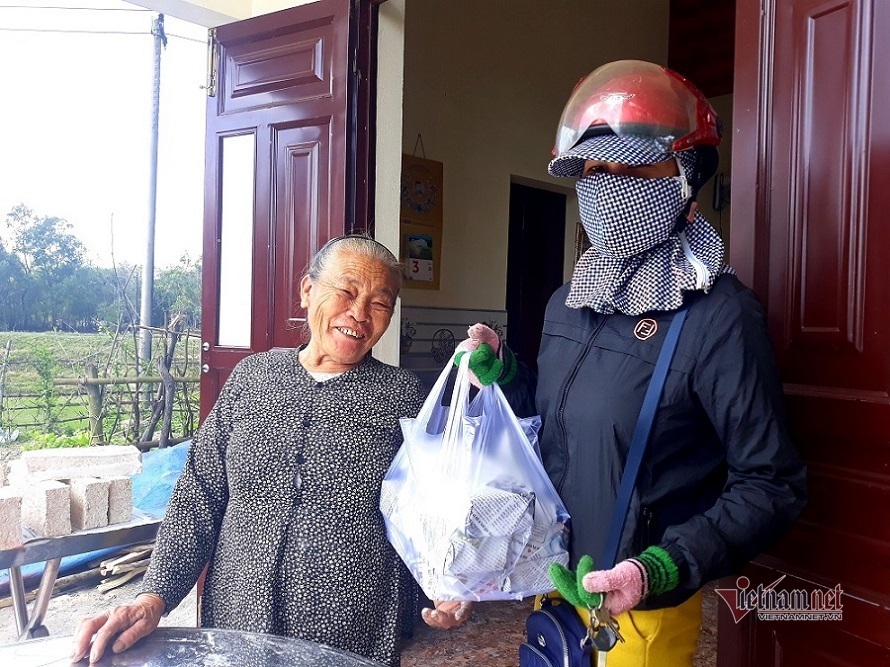“Bánh hộc” has been customary for Mai Xa villagers for holidays, particularly the Tet holiday. It is to serve their guests and a gift for those far from home. The cakes taste great with tea.
You can hear the sound of pounding cakes throughout the village if you visit Mai Xa. Following the sound, we visit the family of Mr. Truong Khac Luyen and Mrs. Ta Thi Thanh. Their family has made this special cake for 15 years.
Luyen explained that the cake was named after the rectangular wooden mold frame with the length of 30cm, the width of 12cm, and the depth of 6-7cm.
“This Tet (lunar New Year), my family made 100 cakes mostly for gifts and for our own use. We could only make cakes in our spare time out of working hours, hence can’t make a lot,” said Luyen.
The ingredients for the cake are glutinous rice and flour, fresh ginger, sugar, and peanuts. Though they are easy to find, the preparation takes a lot of time and energy.
The glutinous rice is dry roasted with sand and under high heat. Ginger is peeled off and crushed into small pieces. Sugar is simmered over small heat to make it sticky. Peanuts are dry roasted. All prepared ingredients are mixed well and poured into the mold frame. The hardest part is the pounding which requires a strong person.
Cake markers have to use both hands for two wooden pestles to press down the mixture until the ingredients are well blended. It takes seven to 10 minutes for the pounding. The cake has a good combination of the smooth glutinous rice, the sweet of sugar, the zing of ginger, and the peanut flavor. All make the cake savory and interesting.
The middle-aged people often have this cake when drinking tea.
Four generations making “bánh hộc”
In Mai Xa village, everyone knows about the family of Mr. Truong Van Thang and Mrs. Le Thi Dung whose four generations have made the cake.
“Every lunar December, we begin to dry-roast glutinous rice and clean up all rice husks. It takes long time; hence we have to start from the beginning of the month. We have to ask the help from our children and grandchildren and hire more people. Our family has made the cake since my grandfather. My grandchild continues. This is our family profession. Every Tet, we are all busy making it. We make about 500 cakes every year,” said Dung.
Truong Khac Phuc, Dung’s son, revealed: “The pounding is hard and tiring, requiring the physical strength. However, our clients didn’t accept when we intended to use the pounding machine to make them faster and save our energy. For it is traditional, they prefer it handmade.”
Making “bánh hộc” in Mai Xa village:
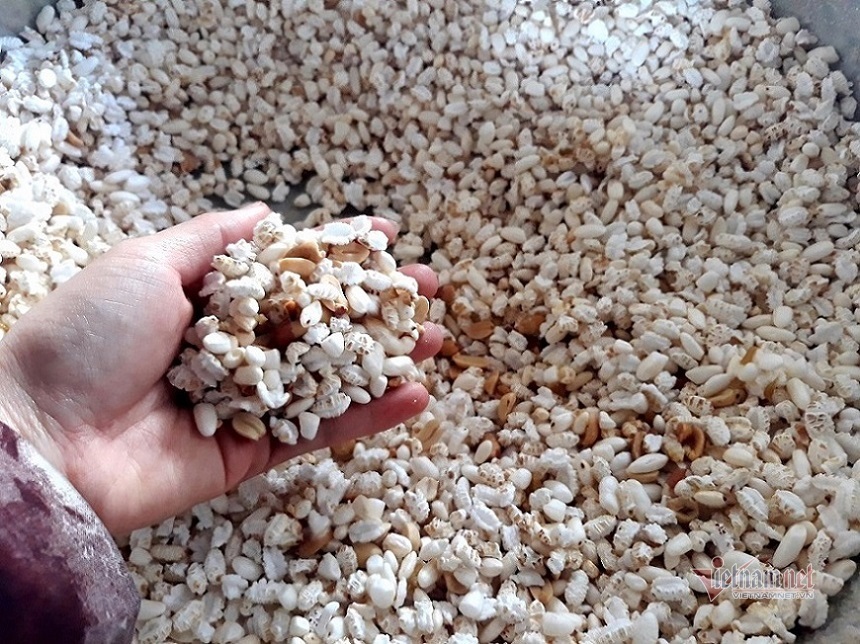 |
||
|
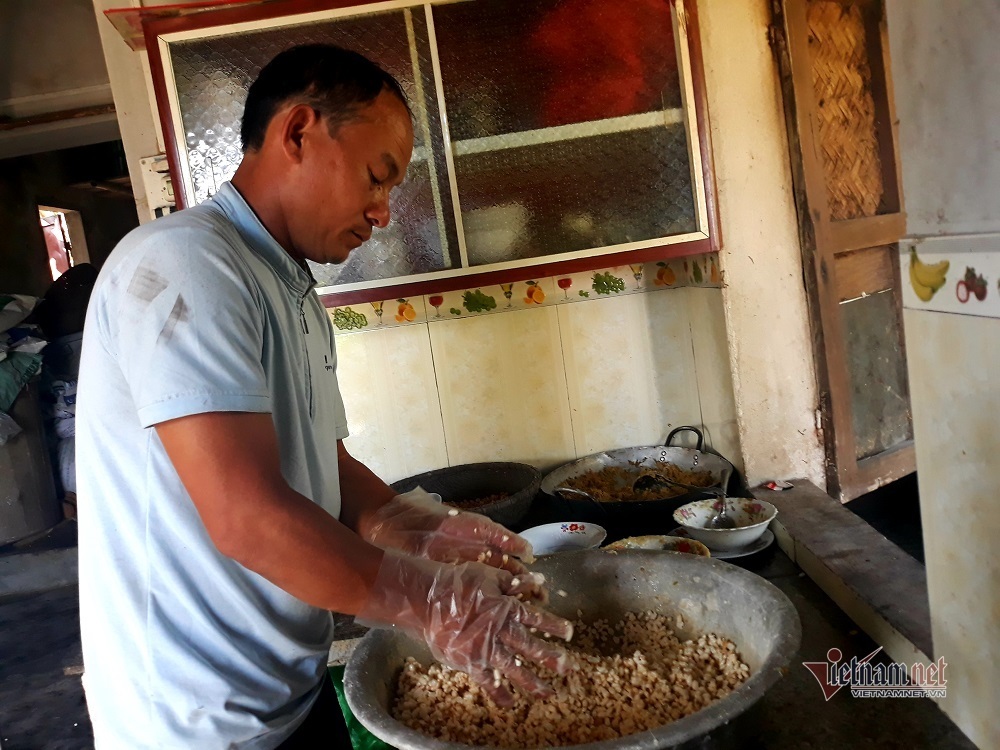 |
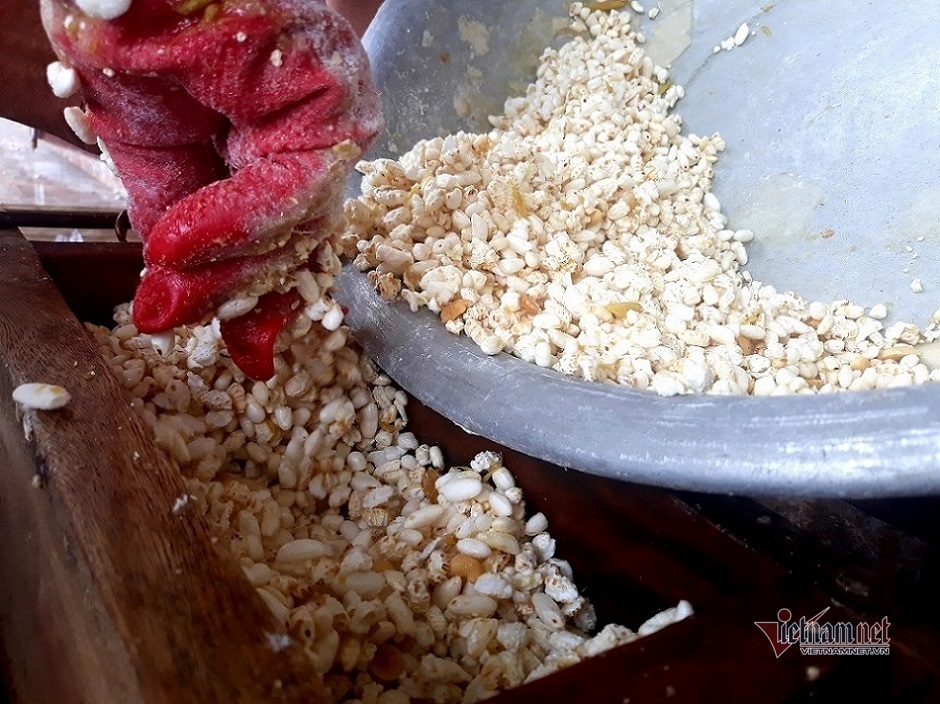 |
||
|
 |
||||
|
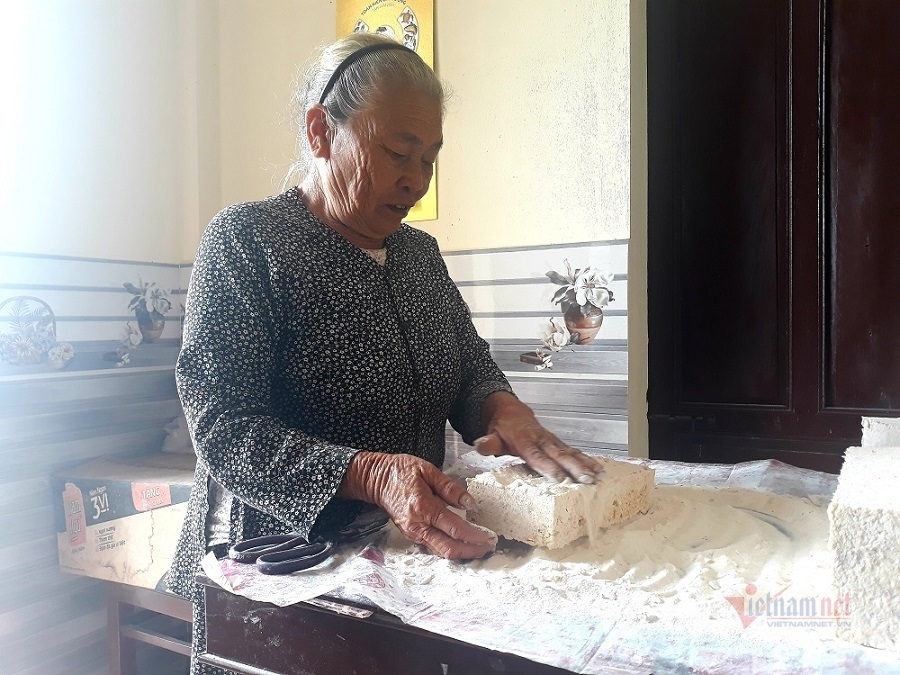 |
||
|
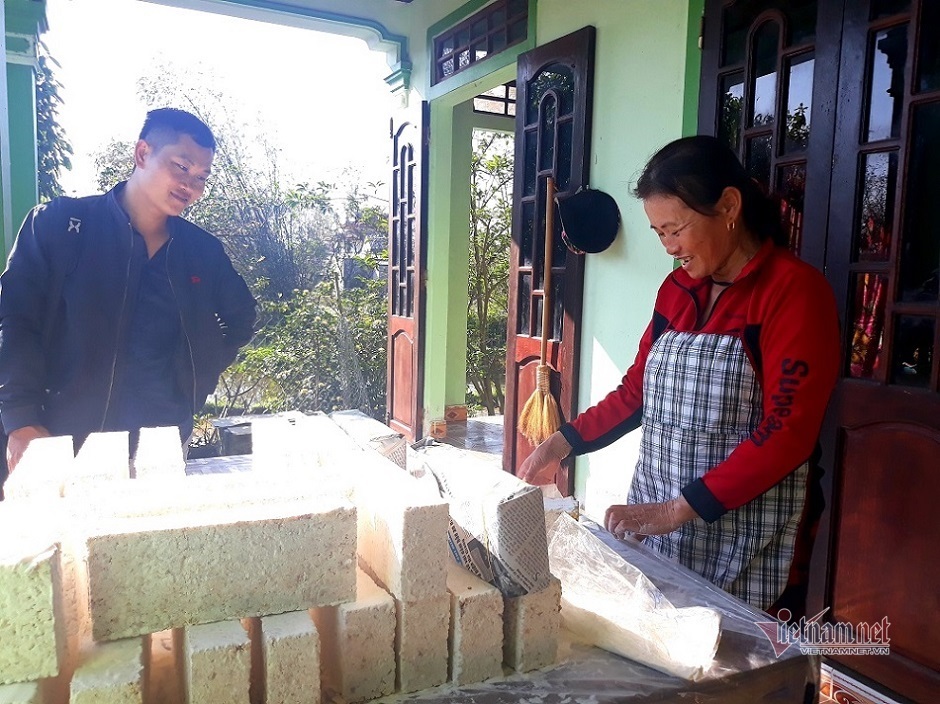 |
|
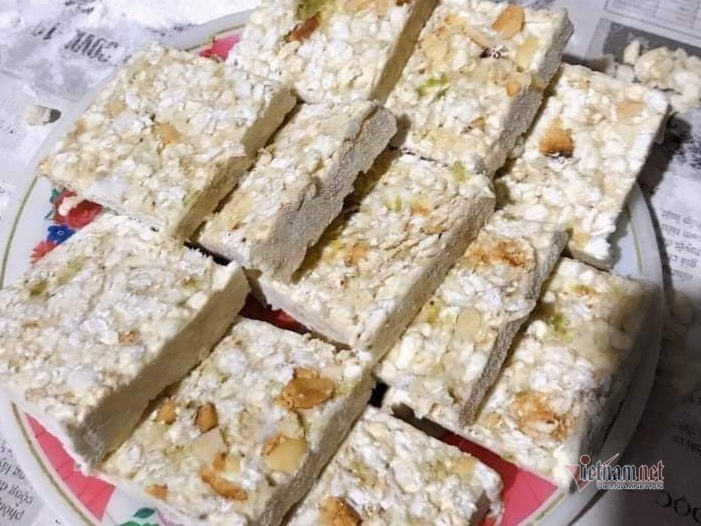 |
Huong Lai

Organic Tet cakes become a hit
Organic banh chung (square glutinous rice cake) sold in Ho Chi Minh City for the first time for Tet (Lunar New Year) has become very popular.
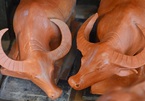
Making buffalo statues at 500-year-old pottery village in Hoi An
Weeks before the lunar New Year (Tet holiday), craftsmen of Thanh Ha pottery village were busy making buffalo statues – the mascot of the new lunar year to serve customers.
